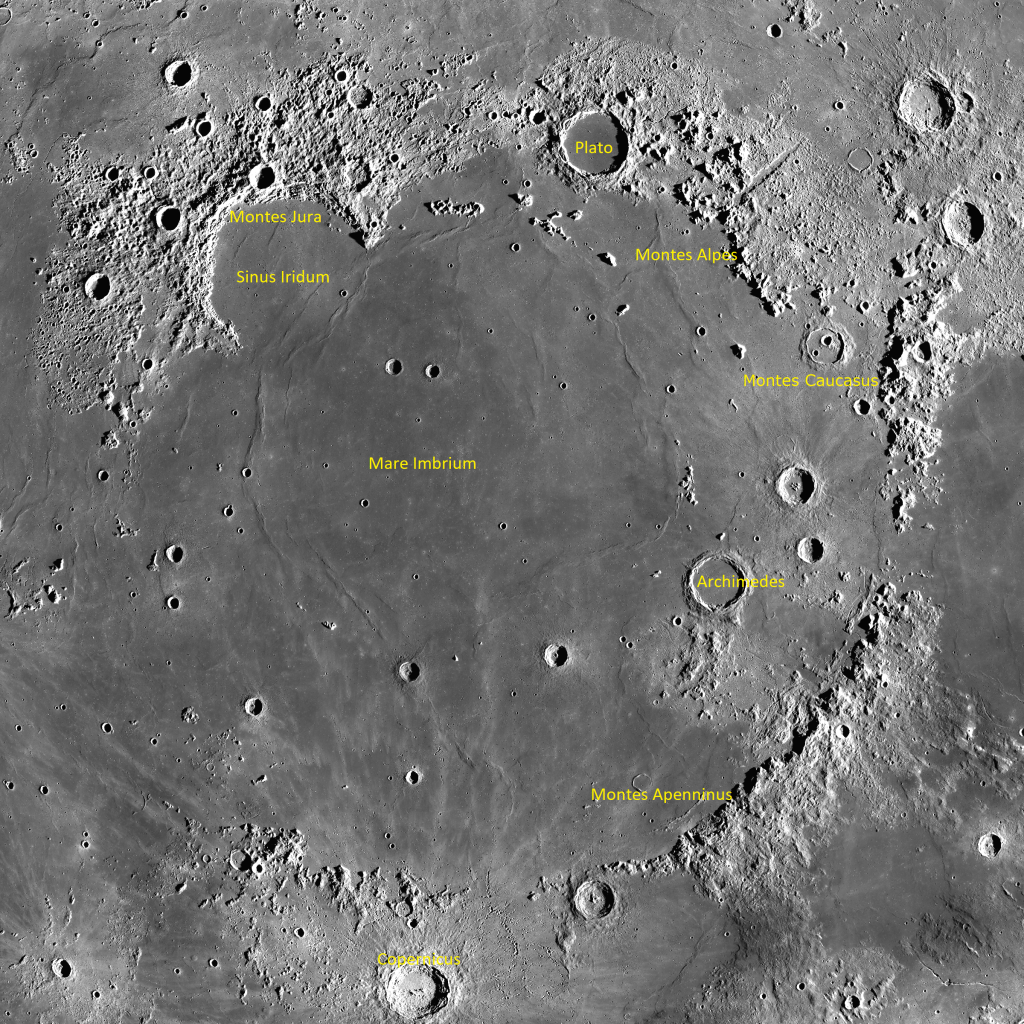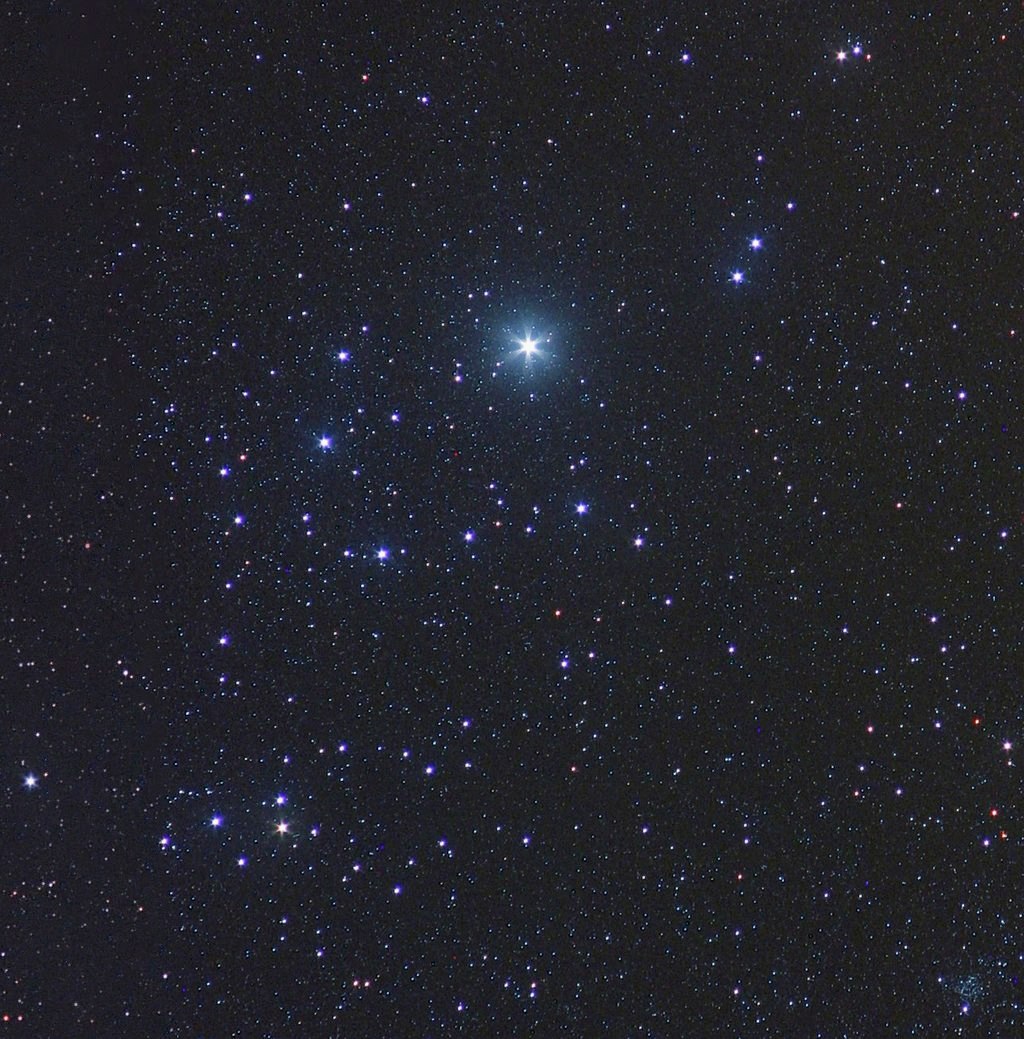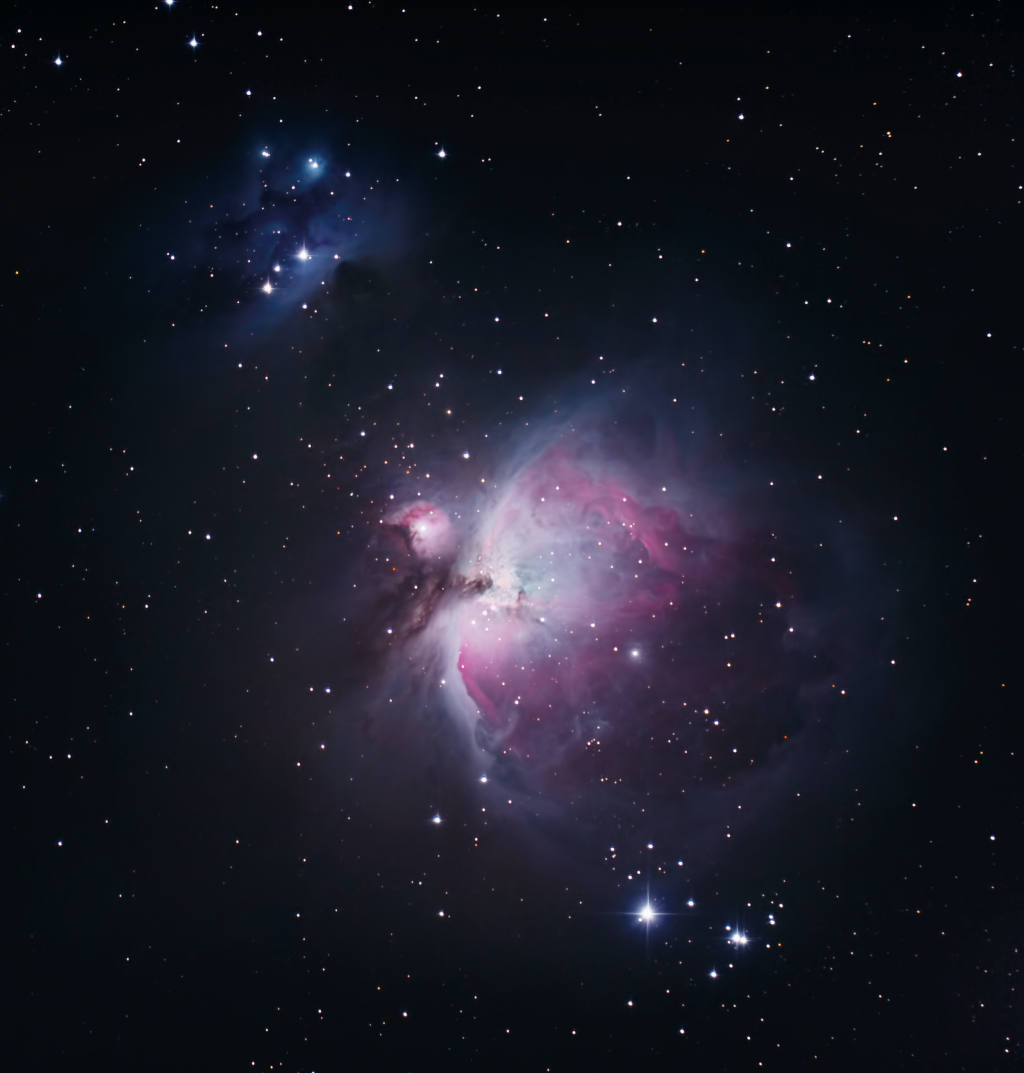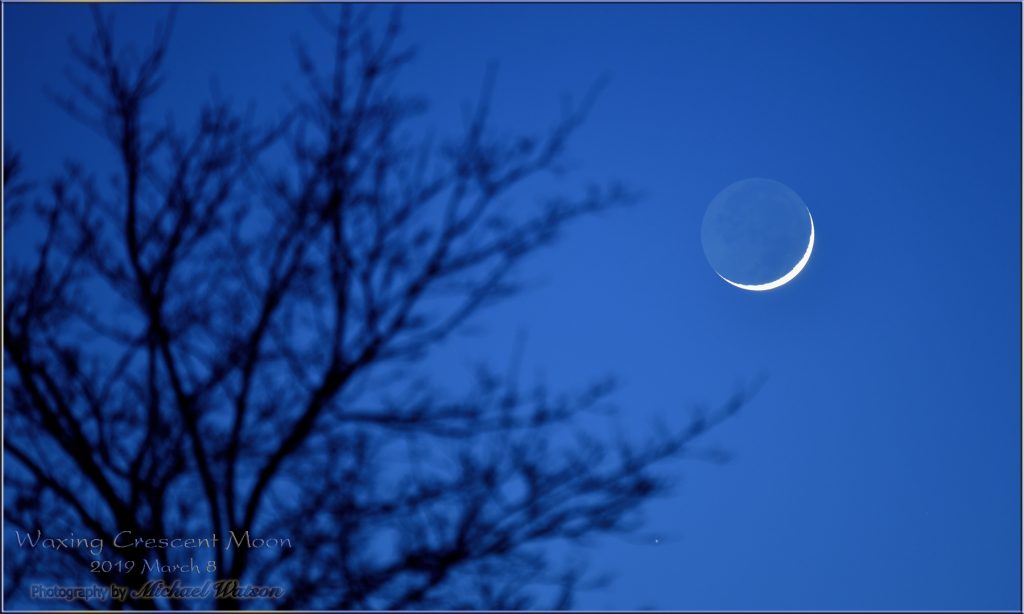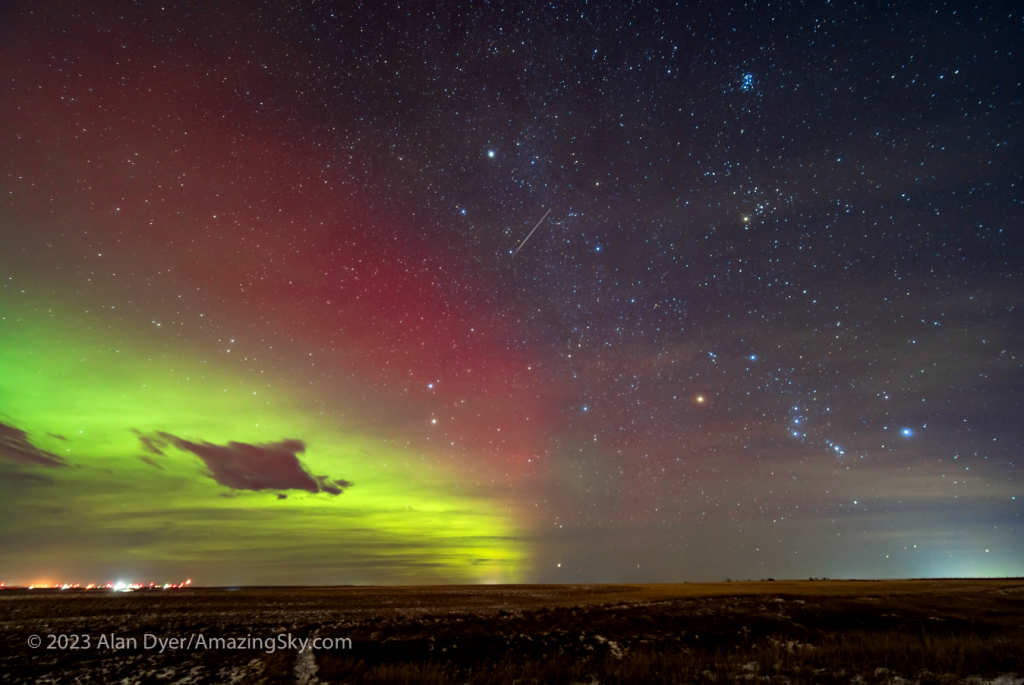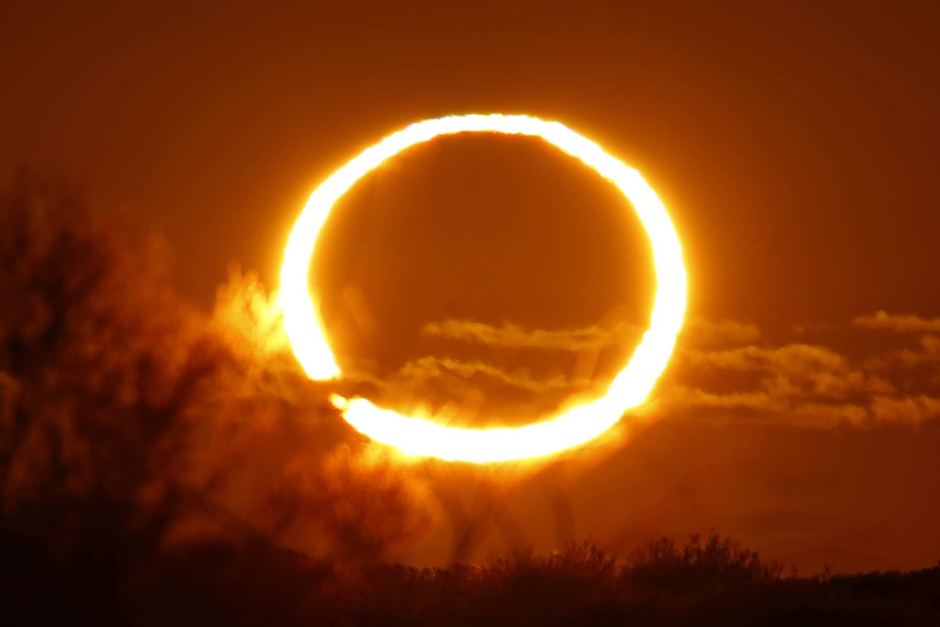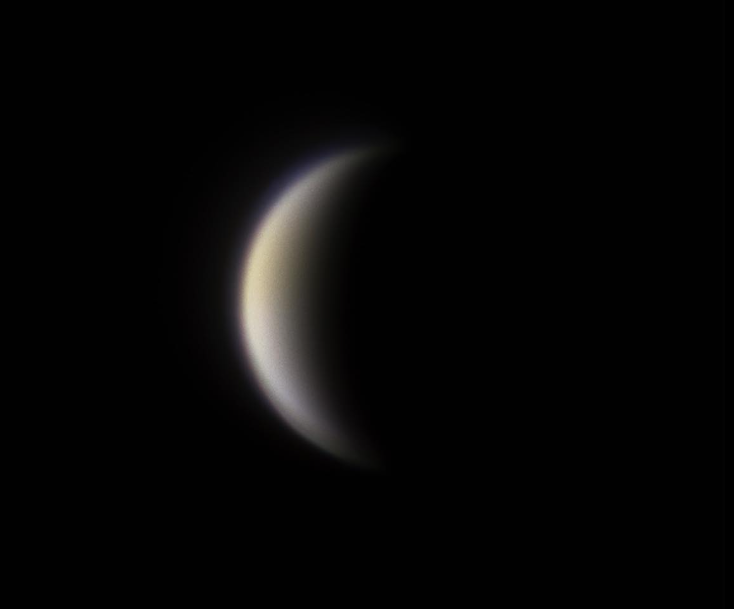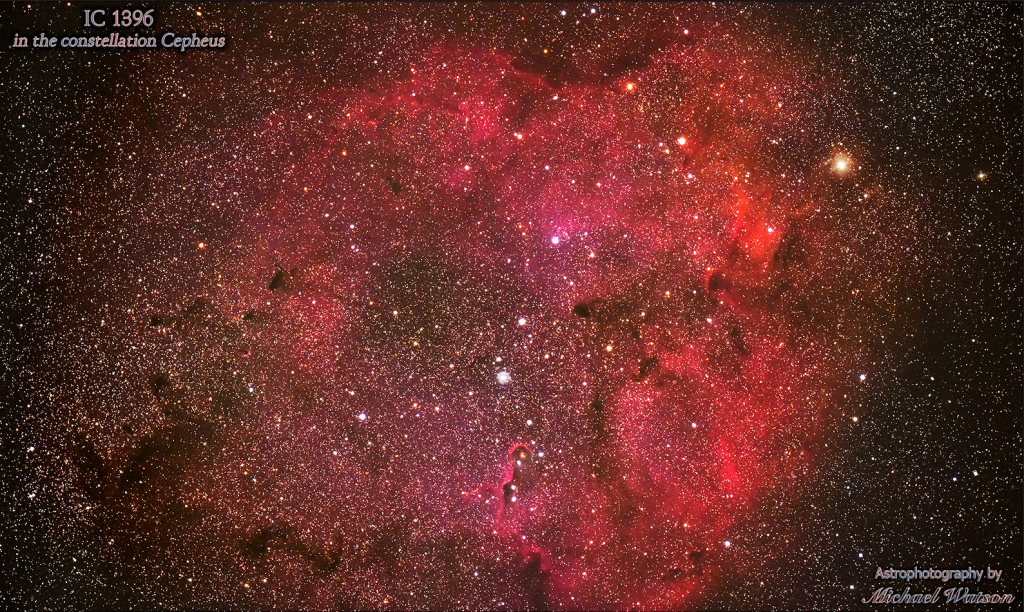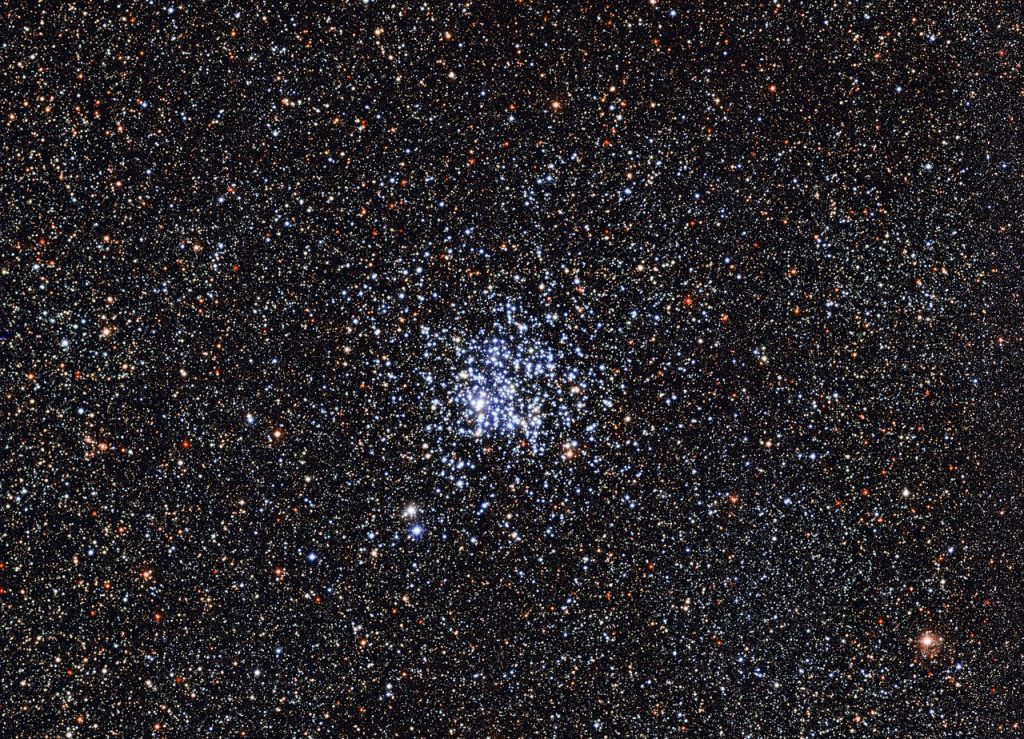Northern Spring Begins While the Waxing Evening Moon Somewhat Spoils Comet Views!
This Lunar Reconnaissance Orbiter image shows the major features of Mare Imbrium “he Sea of Rains”, including its eastern ring of mountain ranges,dark crater Plato, the “islands” in the north, Archimedes, and the subtle wrinkles. Other lunar maria are out of frame below the large crater Copernicus (botton centre). NASA Hello, Spring Stargazers! Here are…
Read more
